

Articles
How To Store Romaine Lettuce
Modified: December 7, 2023
Learn the best methods for storing romaine lettuce to keep it fresh and crisp. Read our informative articles on proper storage techniques to maximize the shelf life of your greens.
(Many of the links in this article redirect to a specific reviewed product. Your purchase of these products through affiliate links helps to generate commission for Storables.com, at no extra cost. Learn more)
Introduction
When it comes to keeping your romaine lettuce fresh and crisp, proper storage is key. Romaine lettuce is a popular leafy green that is not only delicious but also packed with essential nutrients. Whether you grow your own romaine lettuce or purchase it from the store, knowing how to store it correctly will help prolong its shelf life and preserve its crisp texture.
In this article, we will guide you through the process of storing romaine lettuce to ensure that it stays fresh for as long as possible. We’ll cover everything from choosing the freshest romaine lettuce to the best storage methods and tips to prevent spoilage. So, let’s dive in and learn how to store romaine lettuce!
Key Takeaways:
- Choose the freshest romaine lettuce with crisp leaves and sturdy stems to prolong its shelf life and preserve its delicious flavor and essential nutrients.
- Store romaine lettuce in the refrigerator by wrapping it in paper towels, placing it in a plastic bag, and storing it in the vegetable drawer to maintain its freshness and crispness for up to a week.
Read more: How To Store Romain Lettuce
Choosing Fresh Romaine Lettuce
When selecting romaine lettuce for storage, it’s important to choose the freshest and highest-quality heads available. Here are some tips to help you choose the best romaine lettuce:
- Look for crisp leaves: The leaves of fresh romaine lettuce should be crisp and firm, without any signs of wilting or limpness. Avoid heads with yellow or browning leaves.
- Check the stem: The stem of the romaine lettuce should be thick and sturdy. Avoid heads with a slimy or mushy stem, as this indicates decay.
- Inspect the color: The leaves of romaine lettuce should have a vibrant, dark green color. Avoid heads with pale or discolored leaves.
- Consider the size: Choose heads of romaine lettuce that are compact and tightly packed. Smaller heads are generally more tender and flavorful.
- Check for pests or damage: Examine the romaine lettuce for any signs of pest infestation or physical damage. Avoid heads with holes, chewed leaves, or insect activity.
Remember, the quality of the romaine lettuce you choose will directly impact how long it stays fresh during storage. By selecting the freshest heads, you’ll set yourself up for success in preserving the crispness and flavor of the lettuce.
Preparing Romaine Lettuce for Storage
Before storing romaine lettuce, it’s important to properly prepare it to ensure it stays fresh and crisp. Follow these steps to prepare romaine lettuce for storage:
- Wash the lettuce: Start by washing the romaine lettuce thoroughly under cool running water. Gently rub the leaves to remove any dirt or debris. Pat the lettuce dry with paper towels or use a salad spinner to remove excess moisture.
- Trim the ends: Once the lettuce is clean and dry, trim a small portion off the ends of the romaine lettuce heads. This step helps to remove any wilted or damaged leaves and promotes optimal freshness.
- Separate the leaves: Carefully separate the leaves of the romaine lettuce from the core. This can be done by gently pulling the leaves away from the stem with your hands or by using a sharp knife to cut the leaves off individually.
- Cut or tear into smaller pieces (optional): Depending on your preference, you can choose to leave the romaine lettuce leaves whole or cut them into smaller, more manageable pieces. This step can be helpful if you plan to use the lettuce for salads or other dishes.
Once you’ve prepared the romaine lettuce, it will be ready for storage. Properly prepping the lettuce ensures that it’s clean, free of excess moisture, and ready to retain its crispness while in storage.
Storing Romaine Lettuce in the Refrigerator
The refrigerator is the ideal place to store romaine lettuce as it helps to maintain its freshness and crispness. Follow these steps to store romaine lettuce in the refrigerator:
- Wrap in paper towels: Take a few paper towels and gently wrap them around the romaine lettuce leaves. The paper towels will help absorb excess moisture and prevent wilting.
- Place in a plastic bag: Once wrapped in paper towels, place the romaine lettuce inside a loosely sealed plastic bag. This creates a humid environment that keeps the lettuce crisp without causing it to become too damp.
- Store in the vegetable drawer: Put the bag of romaine lettuce in the vegetable drawer of your refrigerator. The drawer is designed to maintain the optimal temperature and humidity levels for storing vegetables.
- Keep away from ethylene-producing fruits: Avoid storing romaine lettuce near ethylene-producing fruits such as apples, bananas, and avocados. Ethylene can speed up the ripening process and cause the lettuce to spoil faster.
It’s important to note that romaine lettuce is a delicate leafy green and can be susceptible to chilling injury if exposed to very low temperatures for extended periods. To prevent this, set your refrigerator temperature to around 40°F (4°C) for optimal storage conditions.
By following these steps, you can keep your romaine lettuce fresh and crisp for up to a week in the refrigerator. Remember to check the lettuce periodically for any signs of spoilage and discard any wilted or slimy leaves to maintain its quality.
To store romaine lettuce, wrap it in a paper towel and place it in a plastic bag in the crisper drawer of the refrigerator. This will help keep it fresh for up to a week.
Alternative Storage Methods for Romaine Lettuce
While storing romaine lettuce in the refrigerator is the most common method, there are alternative storage methods you can try if you don’t have access to a refrigerator or if you prefer other ways to keep your lettuce fresh. Here are a few alternatives:
- Storing in a container with water: Fill a container with a few inches of water and place the romaine lettuce, stem-side down, into the container. Cover the leaves loosely with a plastic bag or wrap. This method can help keep the lettuce hydrated and maintain its crispness. Change the water every few days to prevent bacterial growth.
- Wrapping in damp paper towels: Instead of using a plastic bag, you can wrap the romaine lettuce in damp paper towels and store it in the vegetable crisper or a cool, dark spot. The damp paper towels will provide moisture to the lettuce without causing it to become waterlogged.
- Using a lettuce keeper: A lettuce keeper is a specially designed storage container that helps regulate humidity and airflow to keep lettuce fresh. Place the romaine lettuce in the lettuce keeper and follow the manufacturer’s instructions for optimal storage conditions.
These alternative storage methods can be effective in keeping romaine lettuce fresh for a shorter period of time compared to refrigeration. They are especially useful if you’re traveling or if your refrigerator is already full. However, keep in mind that refrigeration is still the best method for long-term storage and to maintain the crispness of the lettuce.
No matter which storage method you choose, remember to regularly inspect the romaine lettuce for any signs of spoilage and discard any wilted or slimy leaves to prevent the spread of decay.
Read more: How To Store Chopped Romaine Lettuce
Preventing Romaine Lettuce Spoilage
To ensure your romaine lettuce stays fresh and avoids spoilage, it’s essential to take proper precautions. Here are some tips to prevent romaine lettuce spoilage:
- Handle with care: When handling romaine lettuce, be gentle to avoid bruising or damaging the leaves. Rough handling can cause the lettuce to wilt and deteriorate faster.
- Don’t wash before storing: While it’s important to wash romaine lettuce before consuming, it’s best to avoid washing it before storage. Excess moisture can cause the leaves to become damp and prone to spoilage. Instead, wash the lettuce just before using it.
- Store whole heads whenever possible: If you have the space, it’s best to store romaine lettuce as whole heads rather than cutting or tearing it into smaller pieces. Whole heads stay fresh longer as they have less exposed surface area.
- Don’t store near certain fruits and vegetables: Romaine lettuce is sensitive to ethylene gas produced by certain fruits and vegetables, which can speed up the ripening process and cause premature spoilage. Keep lettuce away from ethylene-producing produce like apples, bananas, and tomatoes.
- Check and remove any wilted leaves: Regularly inspect the romaine lettuce for any signs of spoilage. If you notice any wilted or slimy leaves, remove them immediately to prevent the spread of decay to the rest of the lettuce.
- Avoid overcrowding: Proper airflow is crucial for maintaining the freshness of romaine lettuce. Avoid overcrowding the storage container or drawer to allow for adequate air circulation around the lettuce.
By following these tips, you can extend the shelf life of your romaine lettuce and minimize the risk of spoilage. Keep in mind that even with proper precautions, romaine lettuce has a limited shelf life, so it’s best to use it within a week for the best taste and quality.
Using Stored Romaine Lettuce
Now that you have successfully stored your romaine lettuce and kept it fresh, it’s time to make the most of it in your culinary endeavors. Here are a few ways to use stored romaine lettuce:
- Salads: Romaine lettuce is a classic ingredient in salads. Its crisp texture and mild flavor make it an excellent base for a variety of salad combinations. You can toss it with other fresh vegetables, protein like grilled chicken or shrimp, and your favorite dressing for a refreshing and nutritious salad.
- Sandwiches and Wraps: Add some vibrant and crunchy romaine lettuce leaves to your sandwiches or wraps. They will provide a satisfying texture and a refreshing element to your handheld meals. Whether it’s a turkey club, a veggie wrap, or a chicken Caesar wrap, romaine lettuce can elevate the taste and appearance of your creations.
- Lettuce Cups: Romaine lettuce leaves can be used as edible cups to hold fillings for a fun and healthy appetizer or snack option. Fill them with savory fillings like minced meat, stir-fried vegetables, or even seafood for a delicious and low-carb alternative to traditional wraps or tacos.
- Stir-Fries and Sauteed Dishes: While romaine lettuce is commonly used raw in salads, it can also be cooked in stir-fries and sauteed dishes for a milder flavor and slightly wilted texture. Add it towards the end of the cooking process to retain some crunchiness.
- Grilled Lettuce: Consider grilling romaine lettuce to bring out a smoky and charred flavor. Cut the romaine heads in half lengthwise, brush with olive oil, and grill for a few minutes until lightly charred. Serve it as a side dish or as a base for grilled meats or seafood.
These are just a few ideas to inspire you to make the most of your stored romaine lettuce. Feel free to get creative and experiment with different recipes and cooking techniques. Remember to always wash the romaine lettuce thoroughly before using it, even if you have already stored it.
By using stored romaine lettuce in various dishes, you can enjoy its crispness and refreshing taste even days after you initially stored it.
Conclusion
Properly storing romaine lettuce is essential to maintain its freshness, crispness, and nutritional value. By following the right steps, you can extend the lifespan of your romaine lettuce and enjoy its delicious flavor in various dishes.
Start by choosing the freshest romaine lettuce heads with crisp leaves and sturdy stems. Prepare the lettuce by washing it, trimming the ends, and separating the leaves. When it comes to storage, the refrigerator is the best option. Wrap the lettuce in paper towels, place it in a plastic bag, and store it in the vegetable drawer.
If you don’t have access to a refrigerator or prefer alternative methods, you can store romaine lettuce in containers with water, wrap it in damp paper towels, or use a lettuce keeper. Remember to handle the lettuce with care, avoid washing it before storage, and check for and remove any wilted leaves regularly.
Once you have stored romaine lettuce, the culinary possibilities are endless. Use it in salads, sandwiches, wraps, lettuce cups, stir-fries, or even grill it for a smoky twist. Wash and prepare the lettuce just before using it to ensure maximum freshness.
By following these guidelines, you can enjoy fresh and crisp romaine lettuce for an extended period, reducing waste and saving money. So, go ahead and store your romaine lettuce like a pro, and elevate your meals with this nutritious and versatile leafy green!
Frequently Asked Questions about How To Store Romaine Lettuce
Was this page helpful?
At Storables.com, we guarantee accurate and reliable information. Our content, validated by Expert Board Contributors, is crafted following stringent Editorial Policies. We're committed to providing you with well-researched, expert-backed insights for all your informational needs.
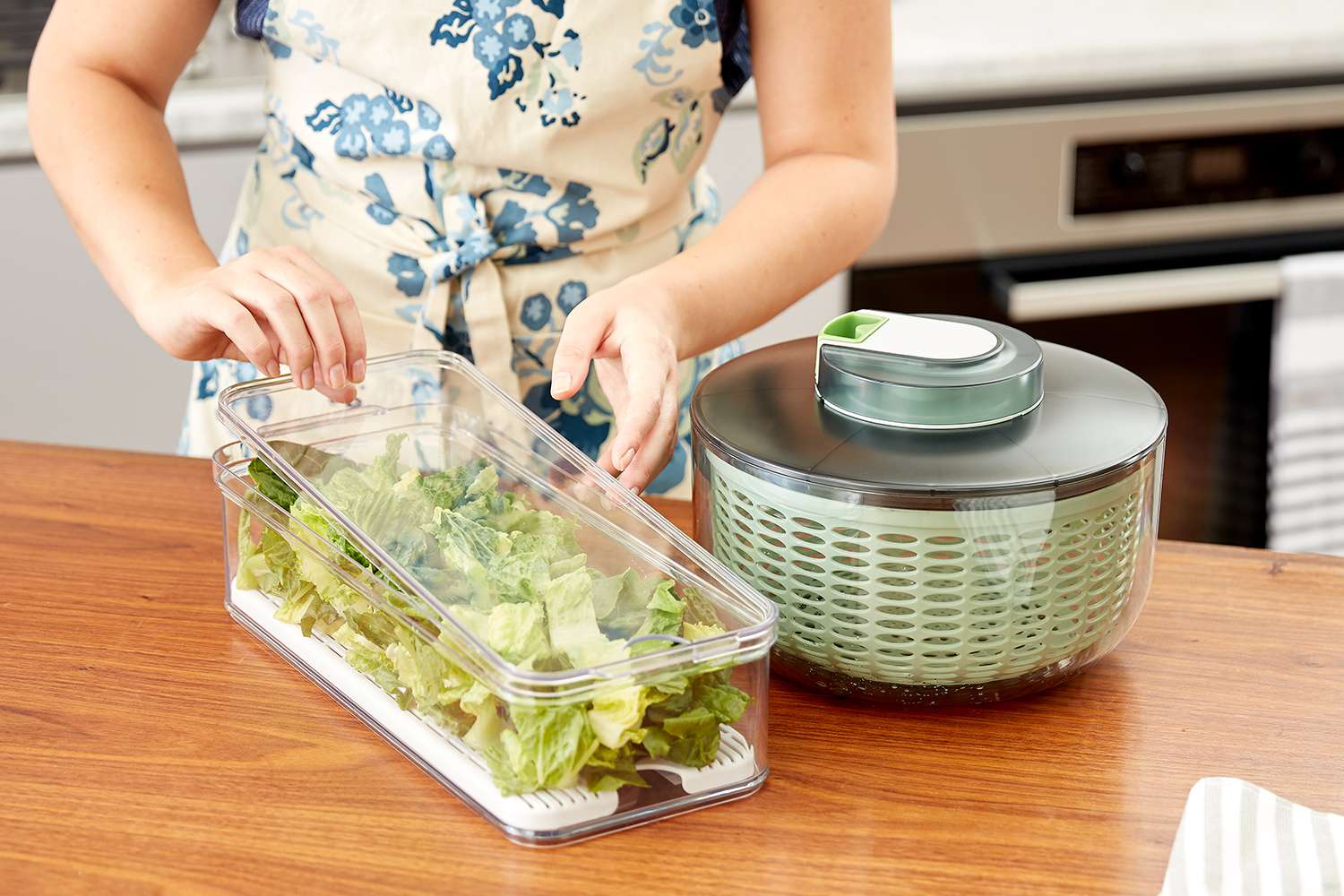
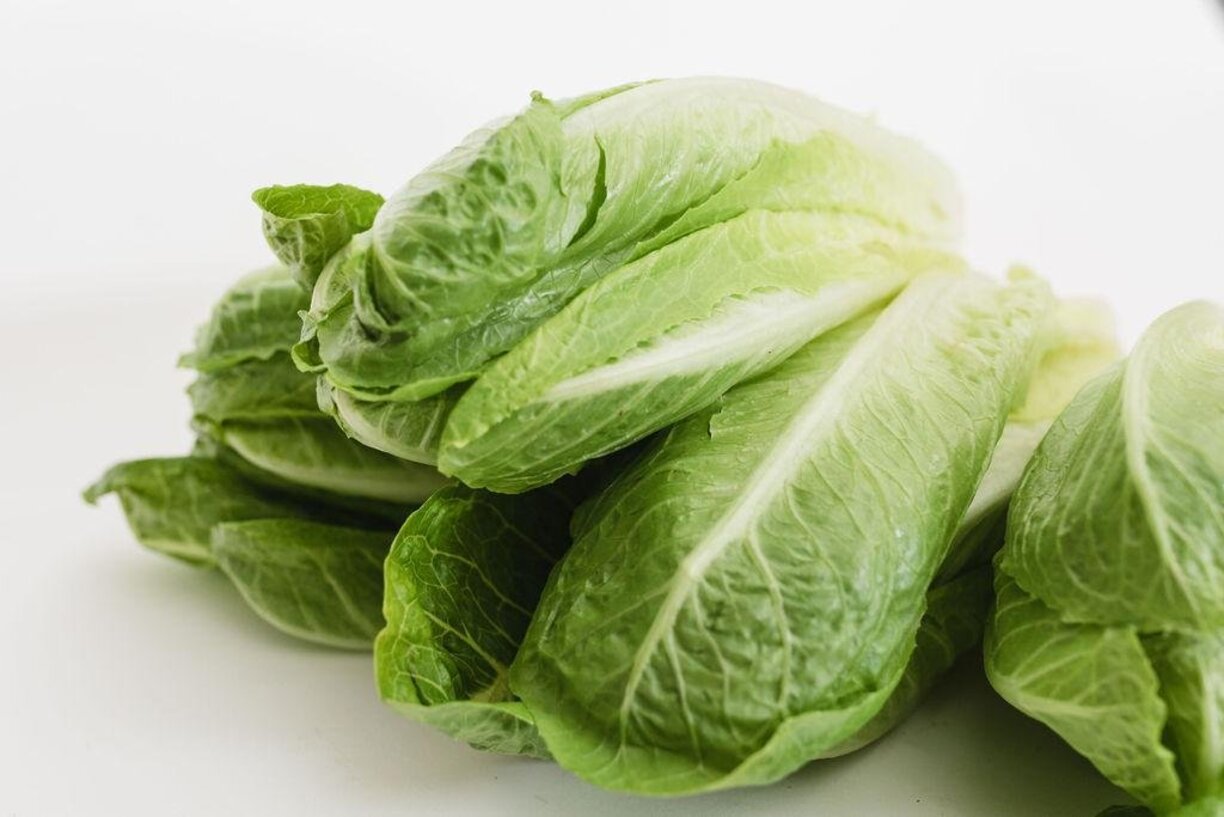
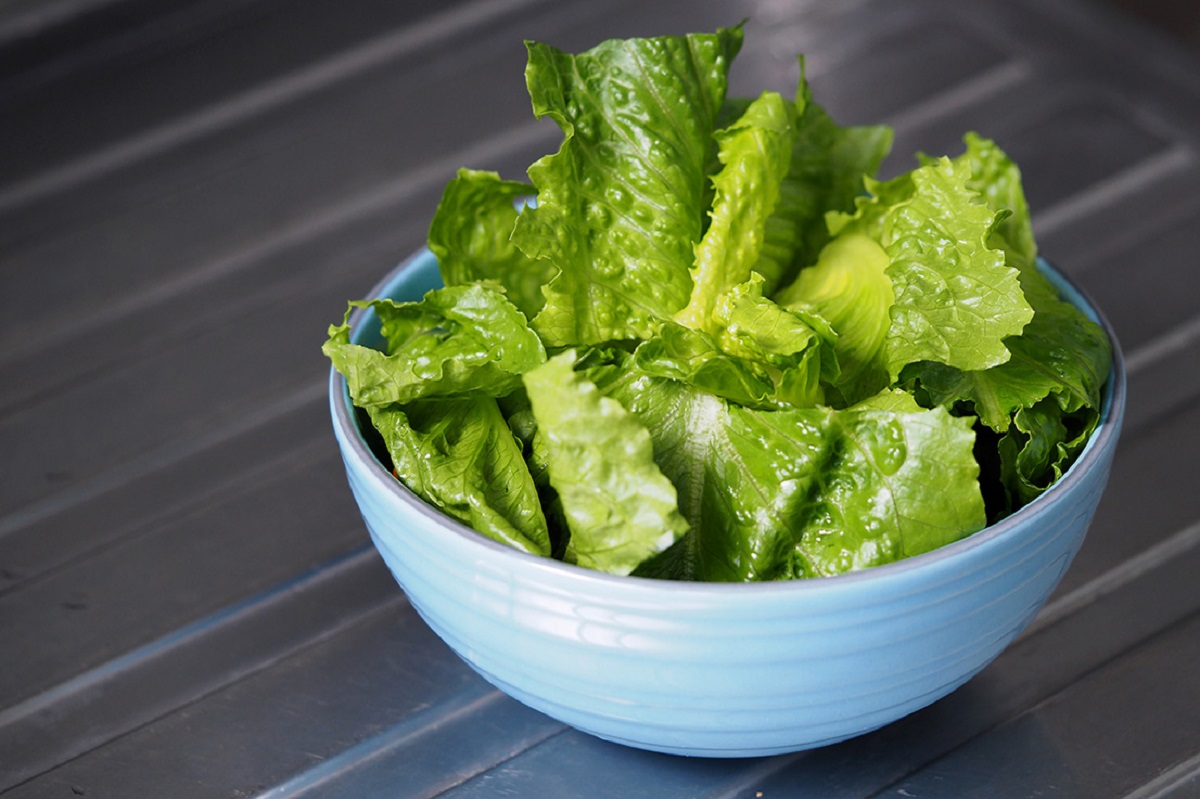
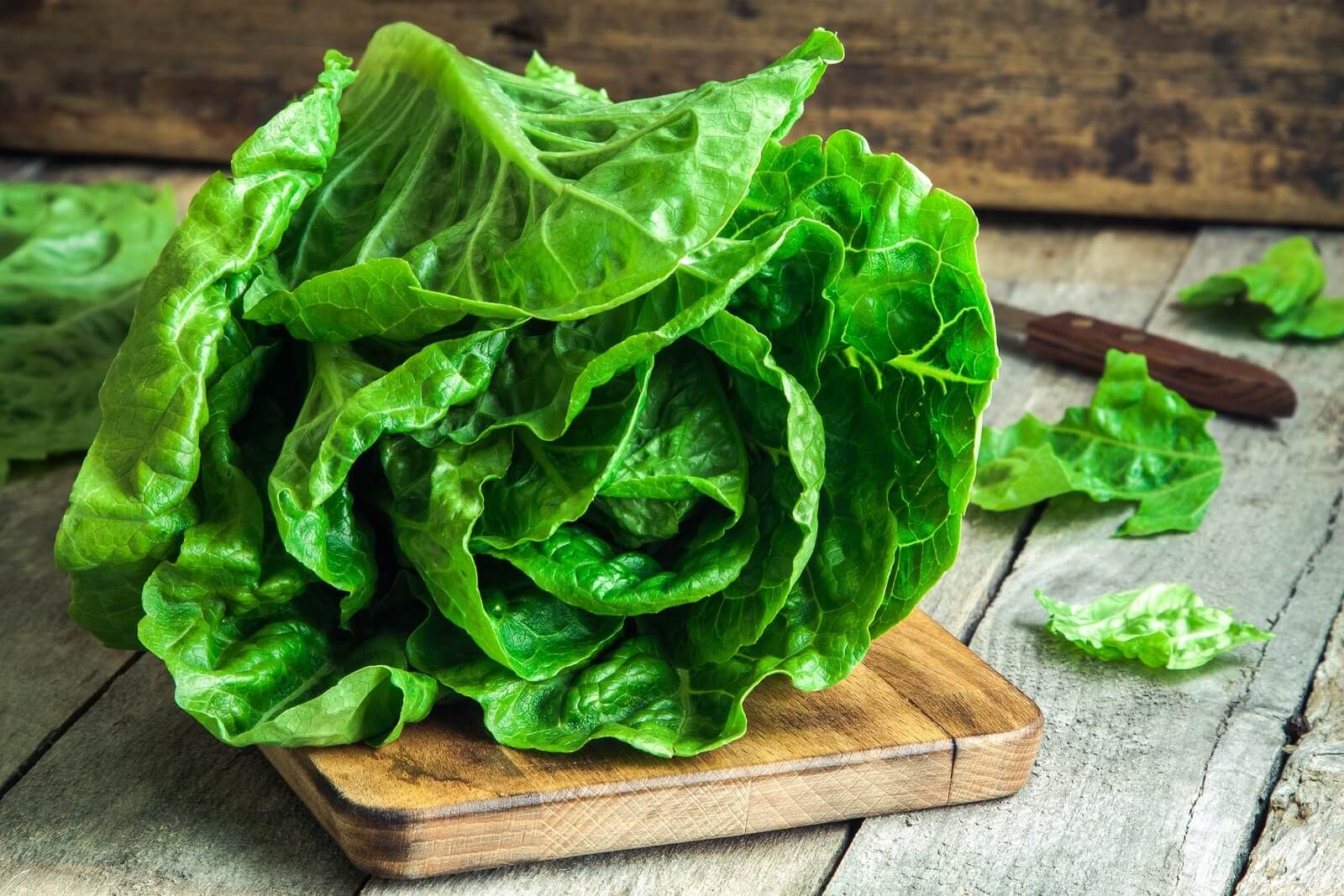
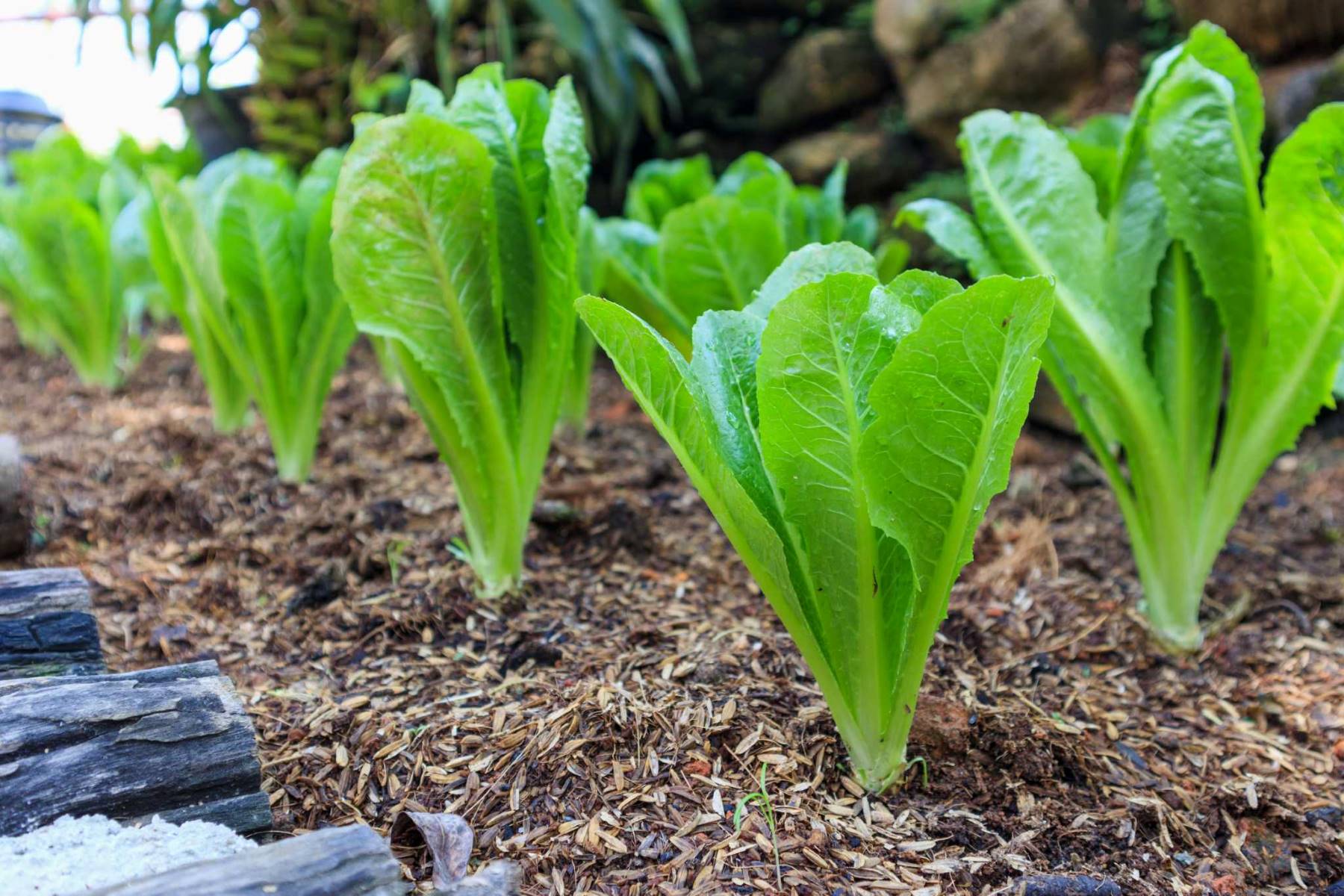
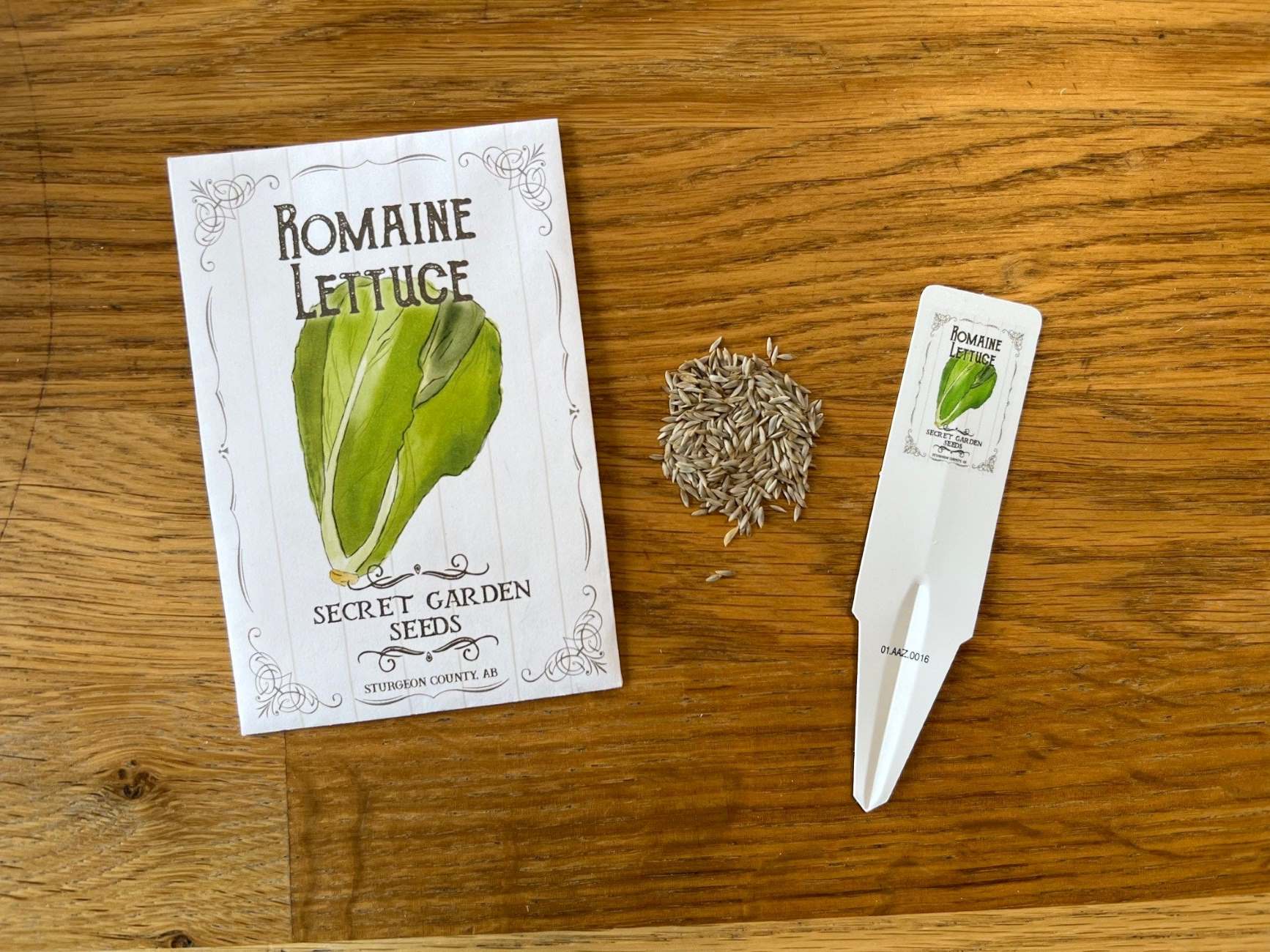
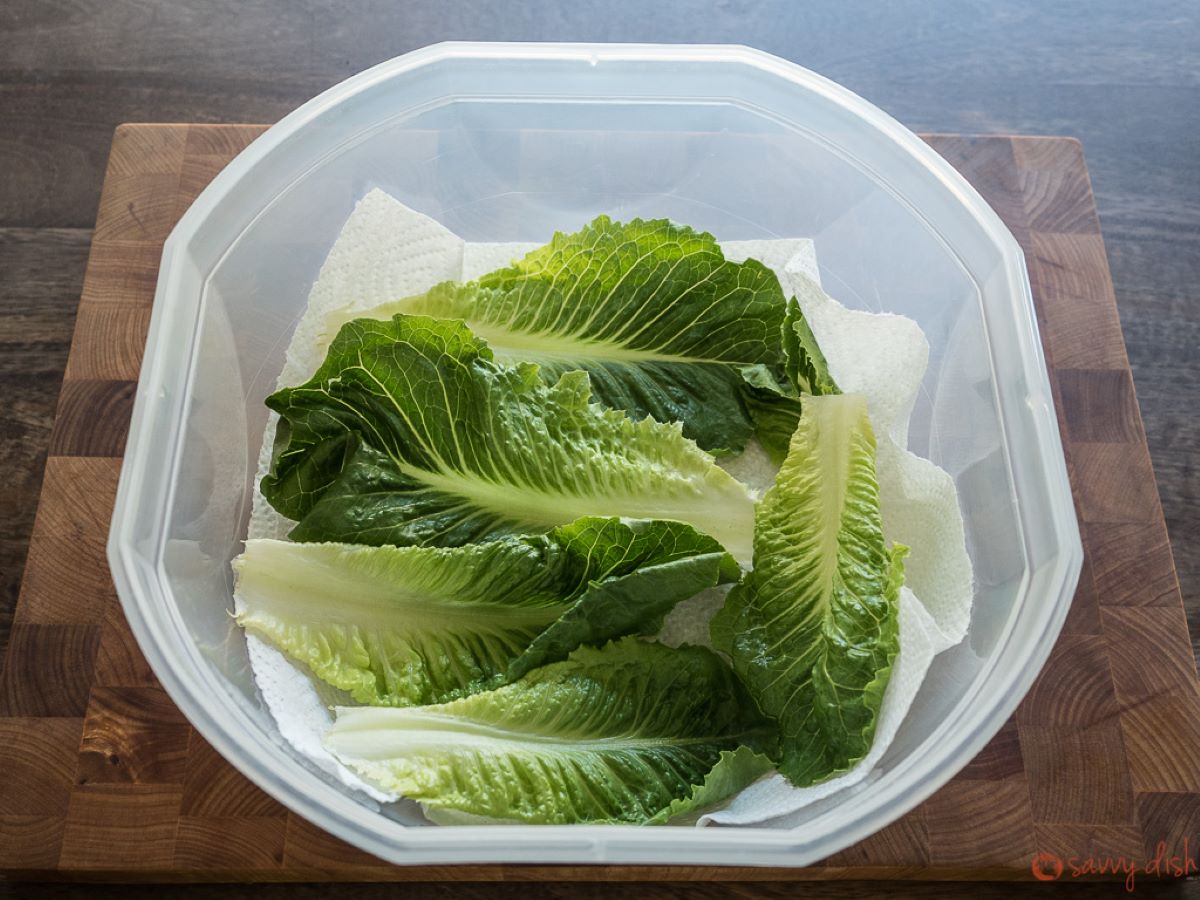
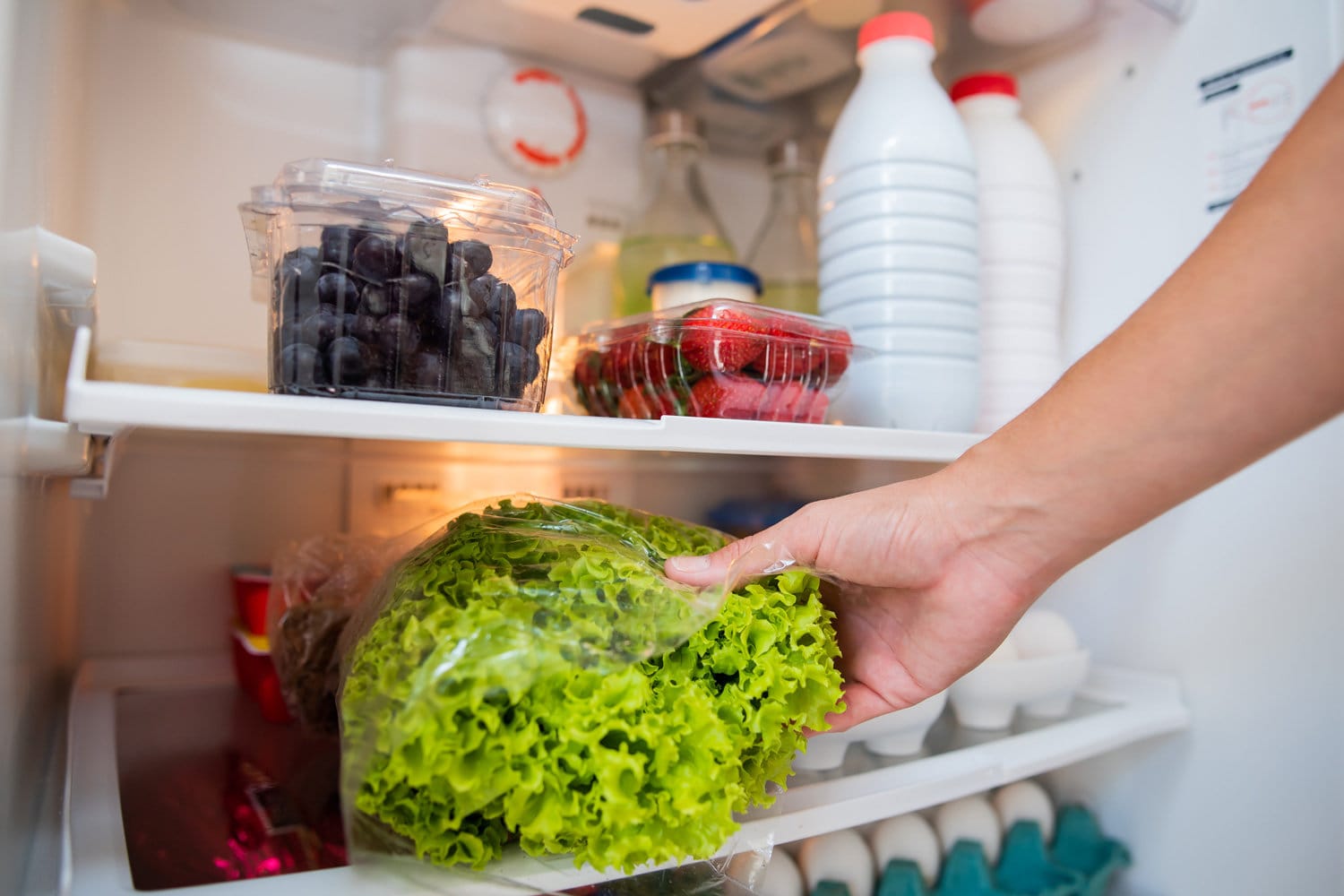
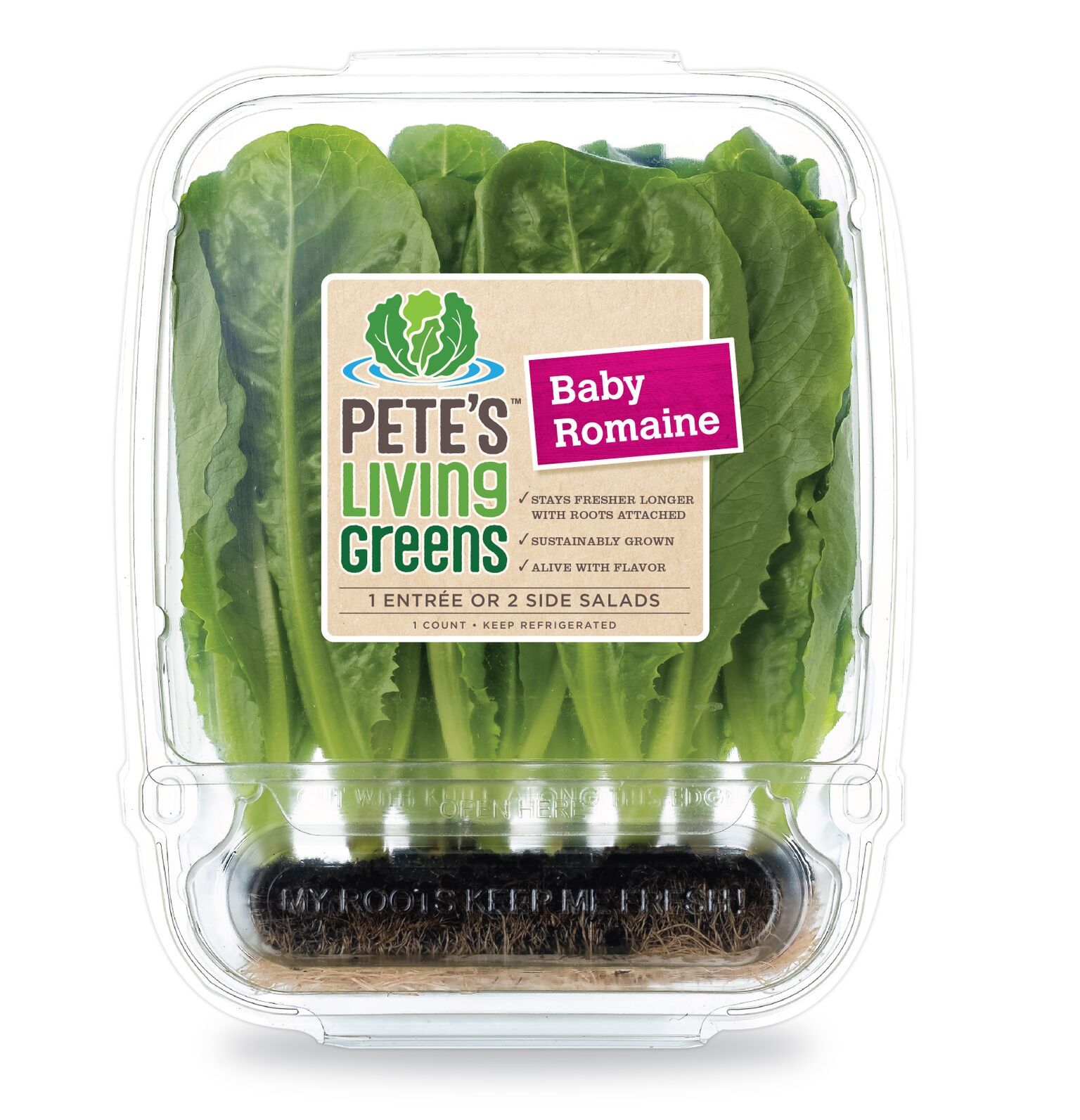
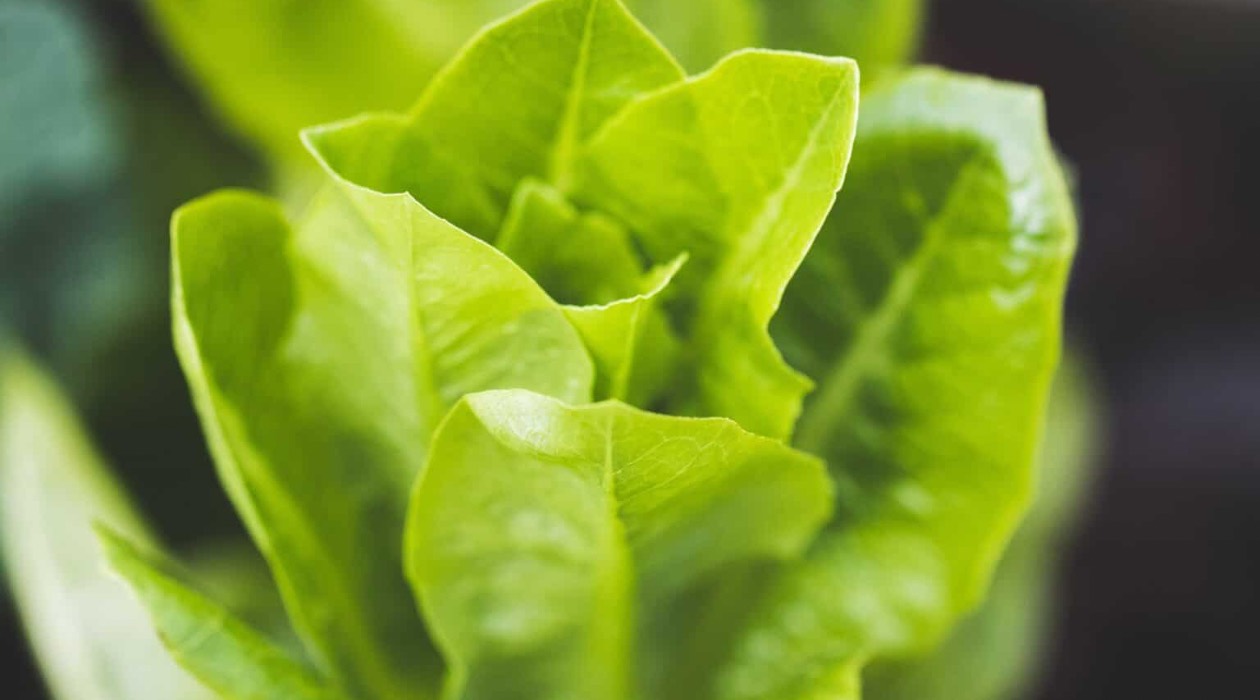
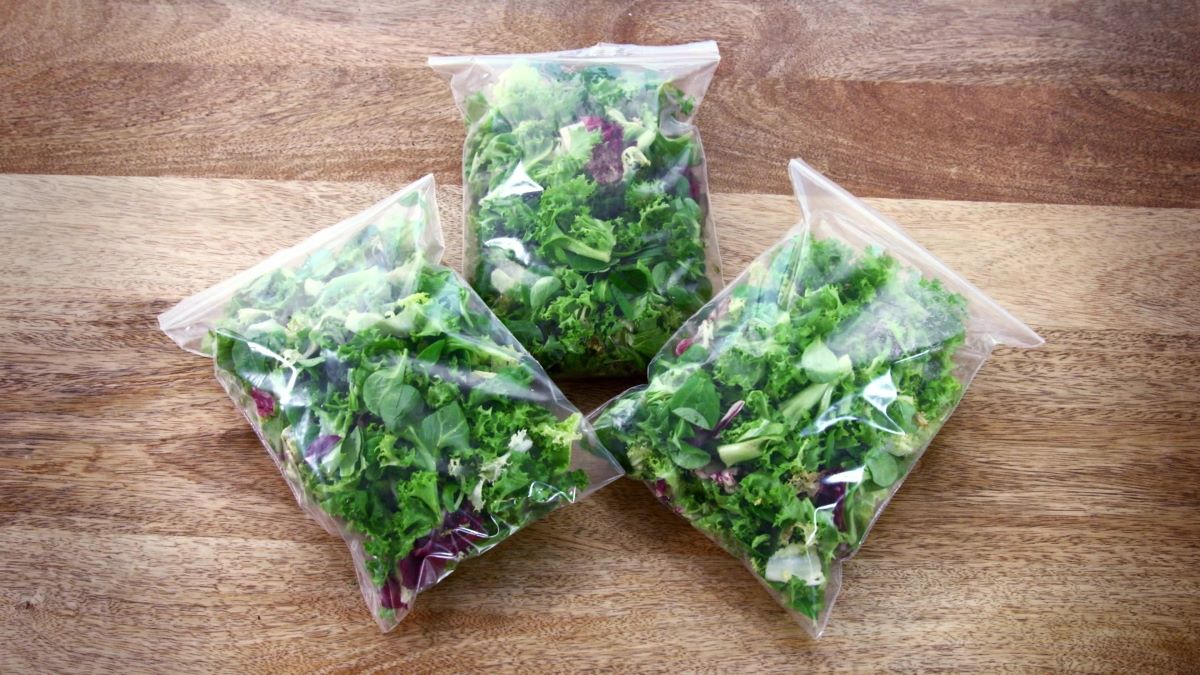
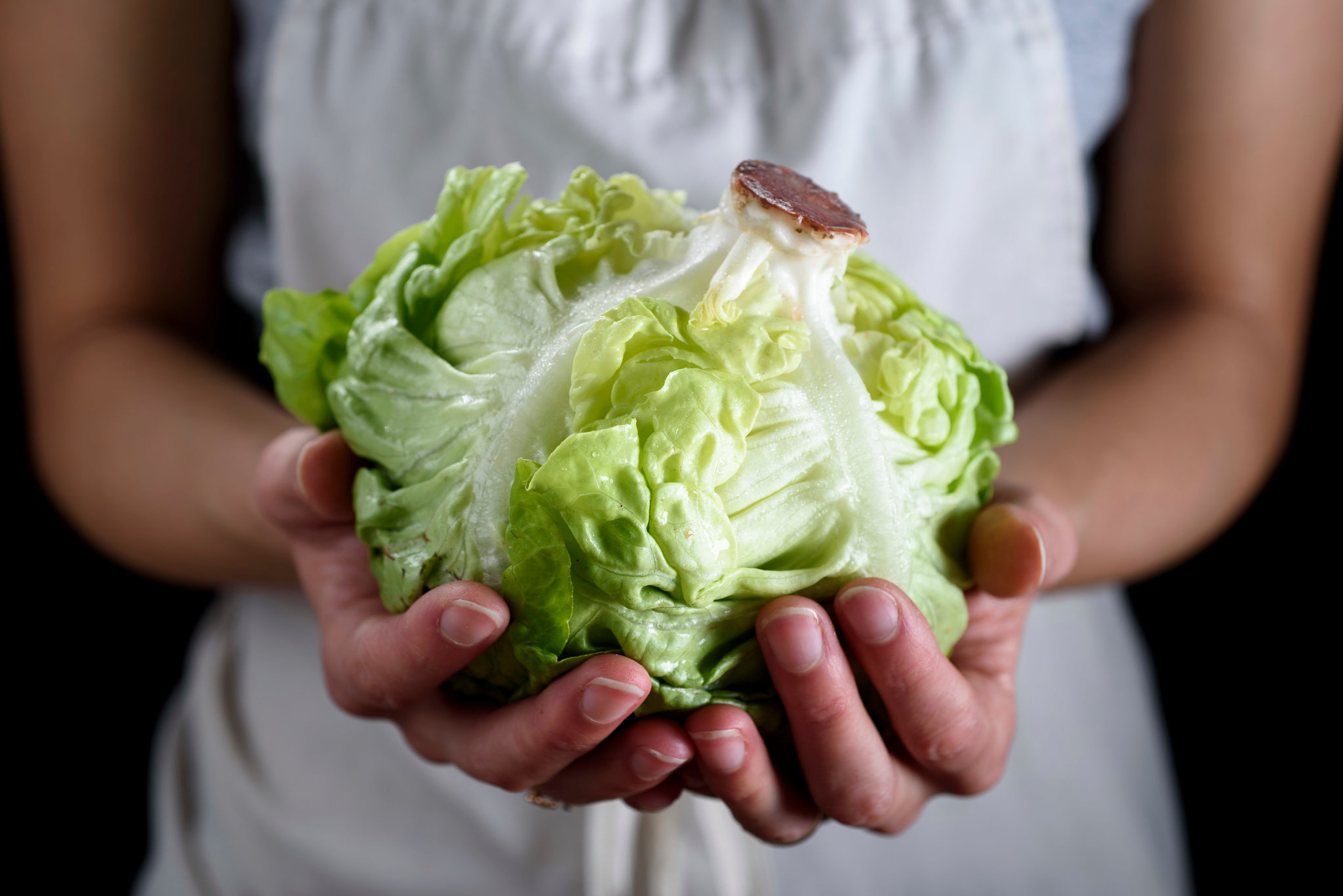
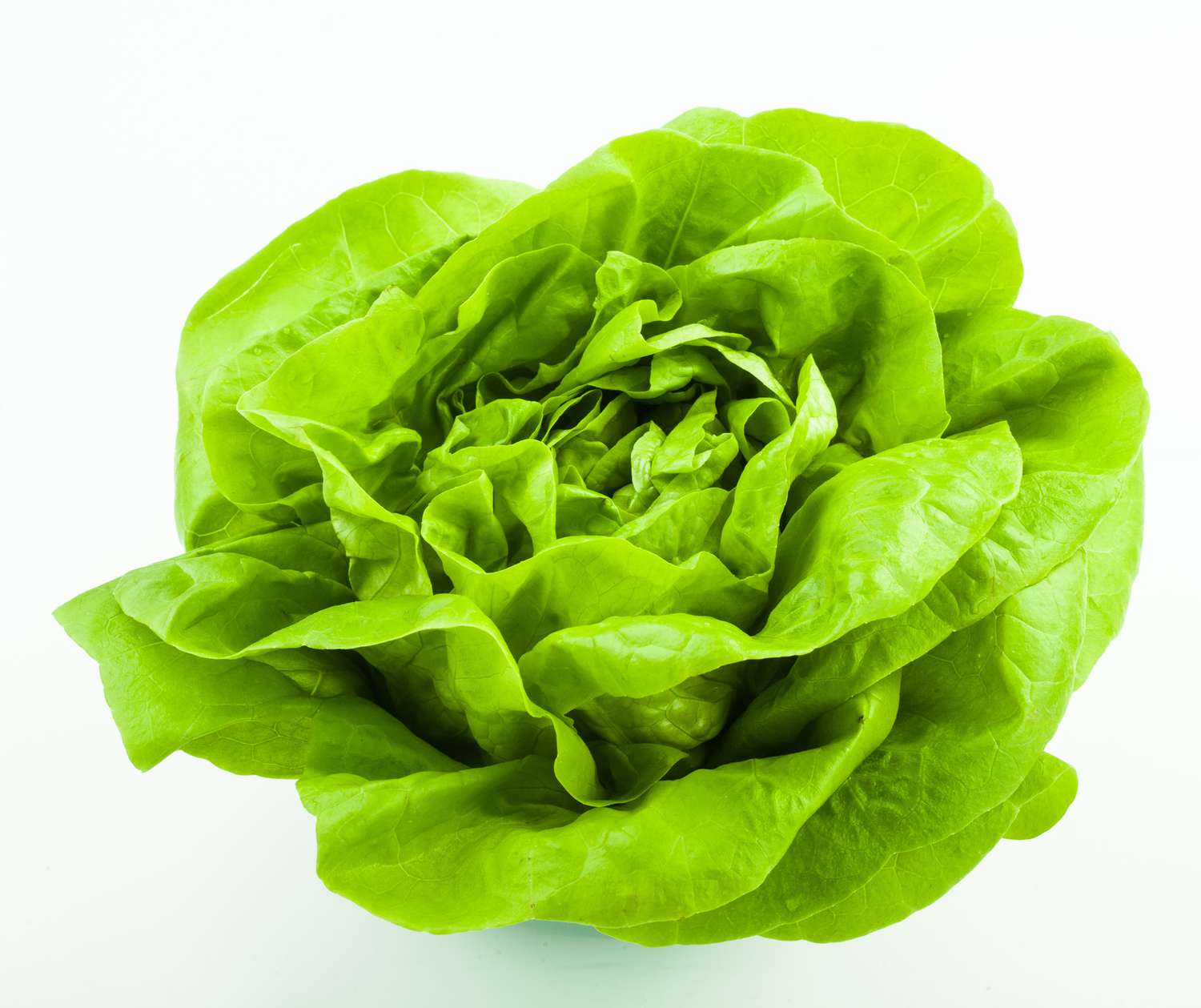
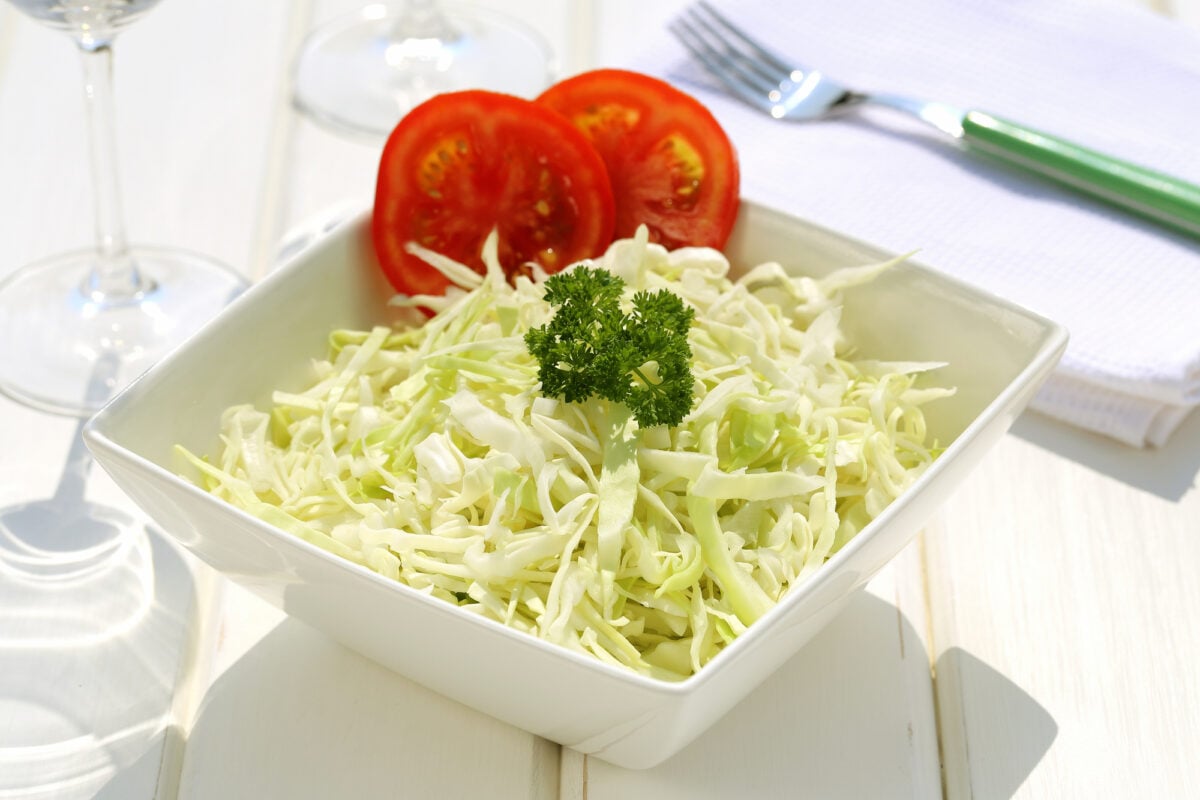

0 thoughts on “How To Store Romaine Lettuce”